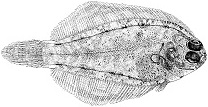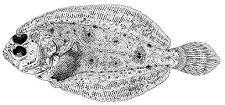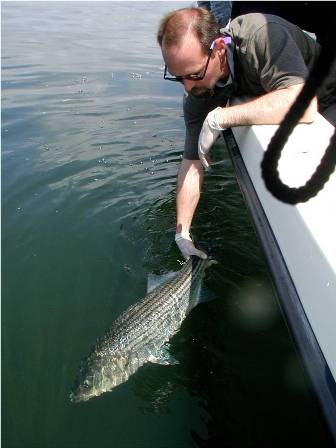
Goals & Objectives

The major goal of RUMFS, and the parent institution, the Rutgers University Department of Marine and Coastal Sciences (DMCS), is to create a corridor for research, from the upper reaches of the Mullica River drainage basin, down through the Great Bay estuary, to the inner continental shelf.
Much of the current activity by resident scientists at RUMFS is focused on the life history and ecology of fishes, with special emphasis on the role of habitat as it affects recruitment success for the dominant species in the estuary and on the continental shelf. Much of the emphasis is on the Jacques Cousteau National Estuarine Research Reserve (JCNERR) at Mullica River-Great Bay.
In order to improve our ability to manage fish resources in the Middle Atlantic Bight, it is necessary to enhance our understanding of the life history of fishes. We aim to do this through the following objectives:
Using the relatively unimpacted JCNERR as a baseline,
- Continue long-term monitoring of larval and juvenile fish abundance and assemblage structure (Some projects currently on-going for 26 years)
- Make functional comparisons to other, more impacted estuaries
- Evaluate effectiveness of large-scale marsh restoration by determining fish response
Enhance understanding of the life history of fishes, with emphasis on fish habitat ecology
- Examine recruitment of estuarine fishes based on the relationship between larval supply and abundance of settled individuals
- Develop techniques and data to determine habitat quality for fishes in the estuary and on the continental shelf including submarine canyons
- Determine relationship between fishes and their habitats using various equipment (towed camera sleds, fixed underwater cameras, autonomous underwater vehicles, submersibles, etc.)


